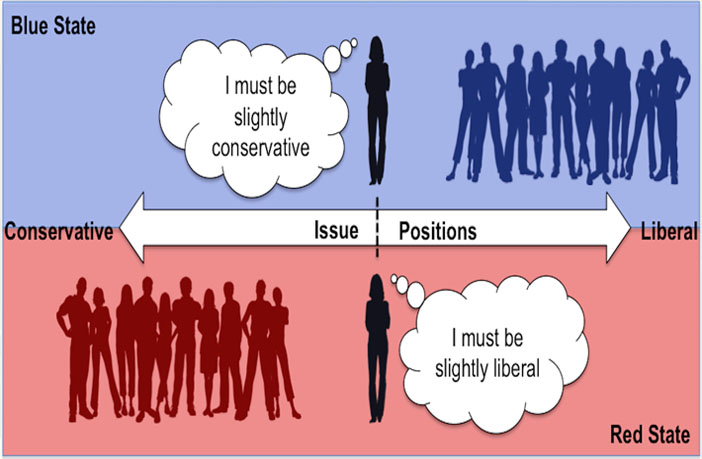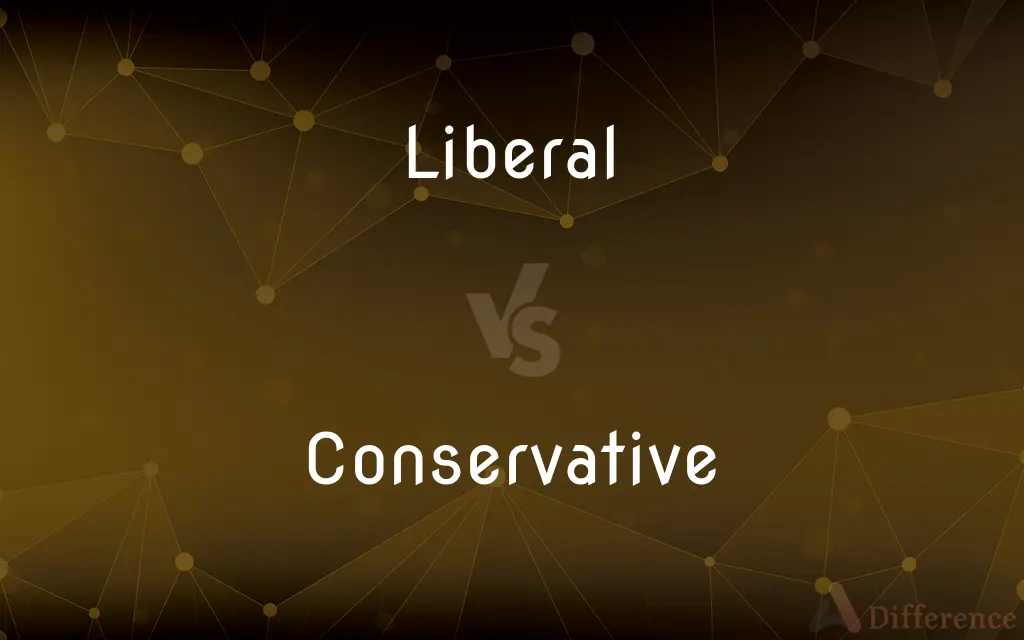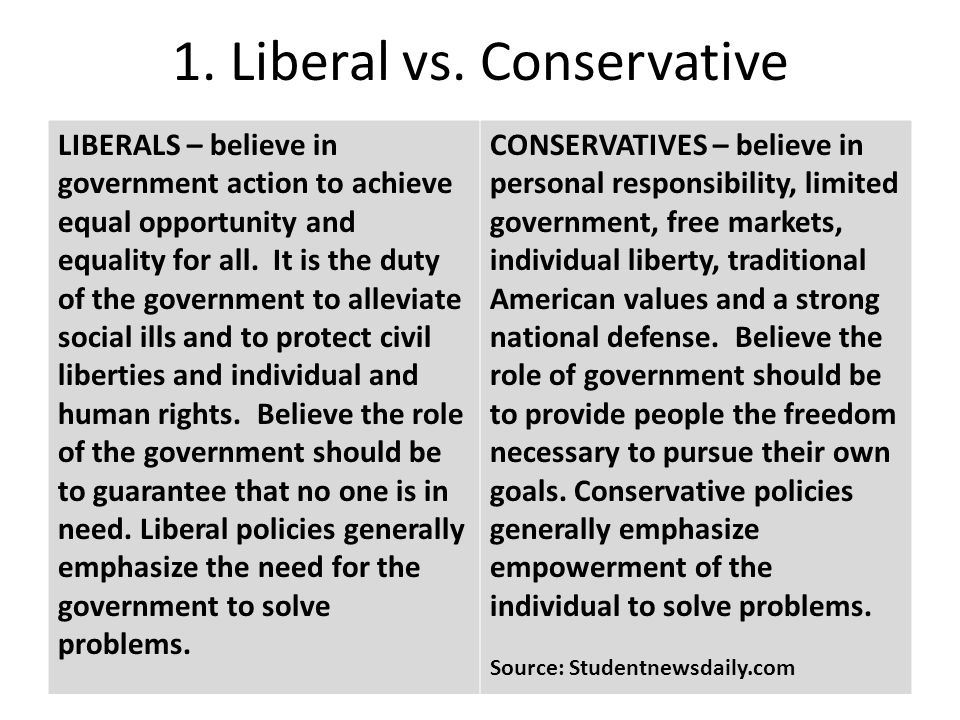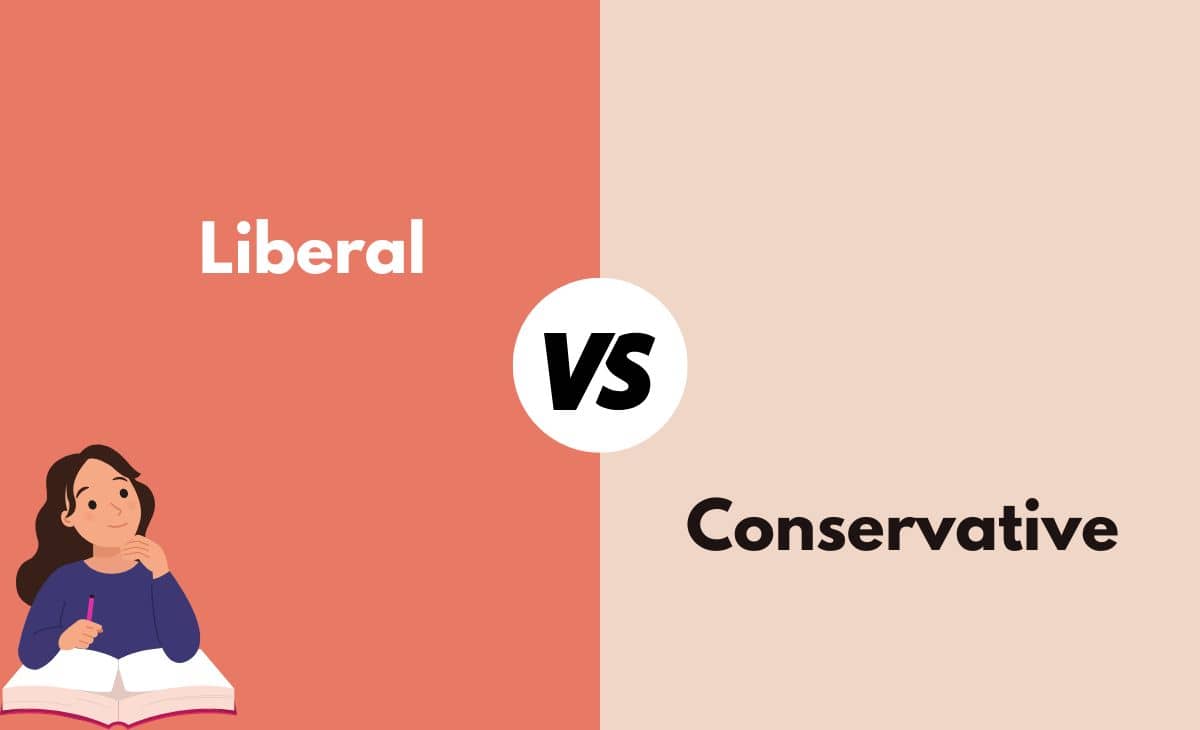Am I A Liberal Or Conservative
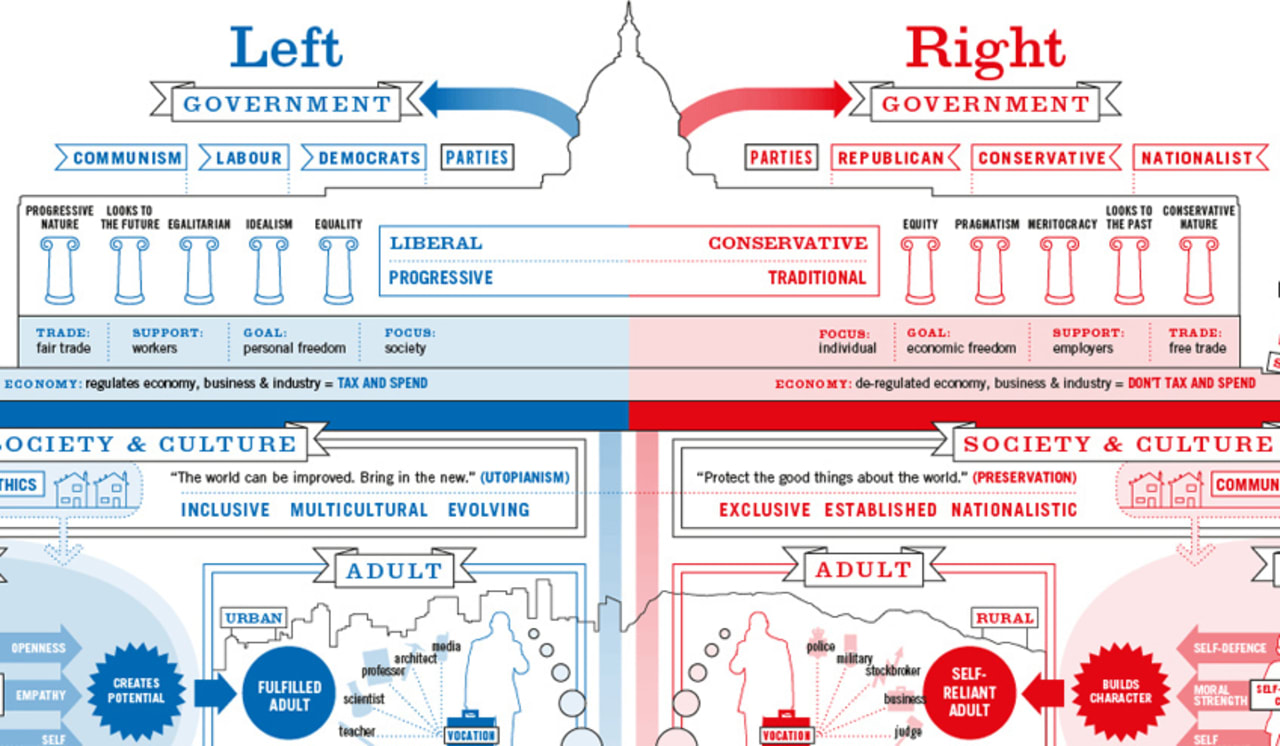
Political polarization is intensifying. Individuals increasingly struggle to define their own ideological leanings within the traditional left-right spectrum.
Navigating the complexities of modern political discourse requires understanding core tenets of both liberalism and conservatism. This article provides a concise breakdown to aid self-identification.
Understanding Liberalism
Liberalism, at its core, emphasizes individual rights and social justice. Historically, liberals advocated for limited government intervention. Today, many see government as a tool for addressing inequality.
Key tenets often include support for social safety nets. This can manifest as universal healthcare and robust welfare programs.
Liberals generally favor government regulation of the economy. They often do this to protect consumers and the environment.
On social issues, liberals tend to be progressive. This translates into supporting LGBTQ+ rights and reproductive freedom.
Regarding immigration, liberals typically advocate for more open borders. This usually aligns with humanitarian concerns and economic arguments about labor needs. They generally champion multiculturalism and diversity.
According to Pew Research Center data, younger generations are more likely to identify as liberal. This trend suggests an evolving understanding of societal priorities.
Understanding Conservatism
Conservatism emphasizes tradition, individual responsibility, and limited government. Historically, conservatives have been wary of rapid social change. They prioritize order and stability.
A core belief is the importance of personal responsibility. This often translates to advocating for less government dependence.
Conservatives generally favor free market principles. This often involves deregulation and lower taxes.
On social issues, conservatives tend to be more traditional. This means they typically support traditional family structures and religious values.
Regarding immigration, conservatives generally favor stricter border controls. This concern typically stems from national security and economic impact arguments. They tend to prioritize national identity.
Older generations are more likely to identify as conservative. This underscores the influence of historical context and lived experiences on political views.
Comparing Key Issues
Economic Policy
Liberals generally support government intervention to address income inequality. Conservatives prioritize individual initiative and free markets.
The size and scope of government are frequently points of contention. Liberals often advocate for larger social safety nets. Conservatives prefer smaller government and lower taxes.
Social Issues
Liberals generally champion individual rights and progressive social change. Conservatives emphasize traditional values and societal norms.
LGBTQ+ rights and abortion access are frequent areas of disagreement. These topics showcase fundamental differences in worldview.
Foreign Policy
Liberals often favor diplomacy and international cooperation. Conservatives prioritize national security and a strong military presence.
The role of the United States in global affairs is a key point of divergence. These views reflects different approaches to international relations.
The Role of Data and Information
Understanding political leanings requires careful evaluation of information. It is imperative to consider multiple perspectives.
Fact-checking sources and avoiding echo chambers is crucial. This helps ensure a balanced and informed understanding.
Organizations like Pew Research Center provide valuable data on political attitudes. These resources offer insights into demographic trends.
Beyond the Binary
Political ideologies are not always neatly defined. Many individuals hold a mix of liberal and conservative views.
Terms like "moderate" and "independent" reflect the limitations of the binary. This acknowledges the nuanced nature of political beliefs.
Political identity can change over time. This is often influenced by life experiences and evolving societal contexts.
Next Steps
Consider your own values and beliefs. Compare them to the core tenets of liberalism and conservatism.
Engage in respectful dialogue with people who hold different views. This promotes understanding and critical thinking.
Continuously educate yourself on current events. Staying informed is crucial for navigating the complexities of modern politics.
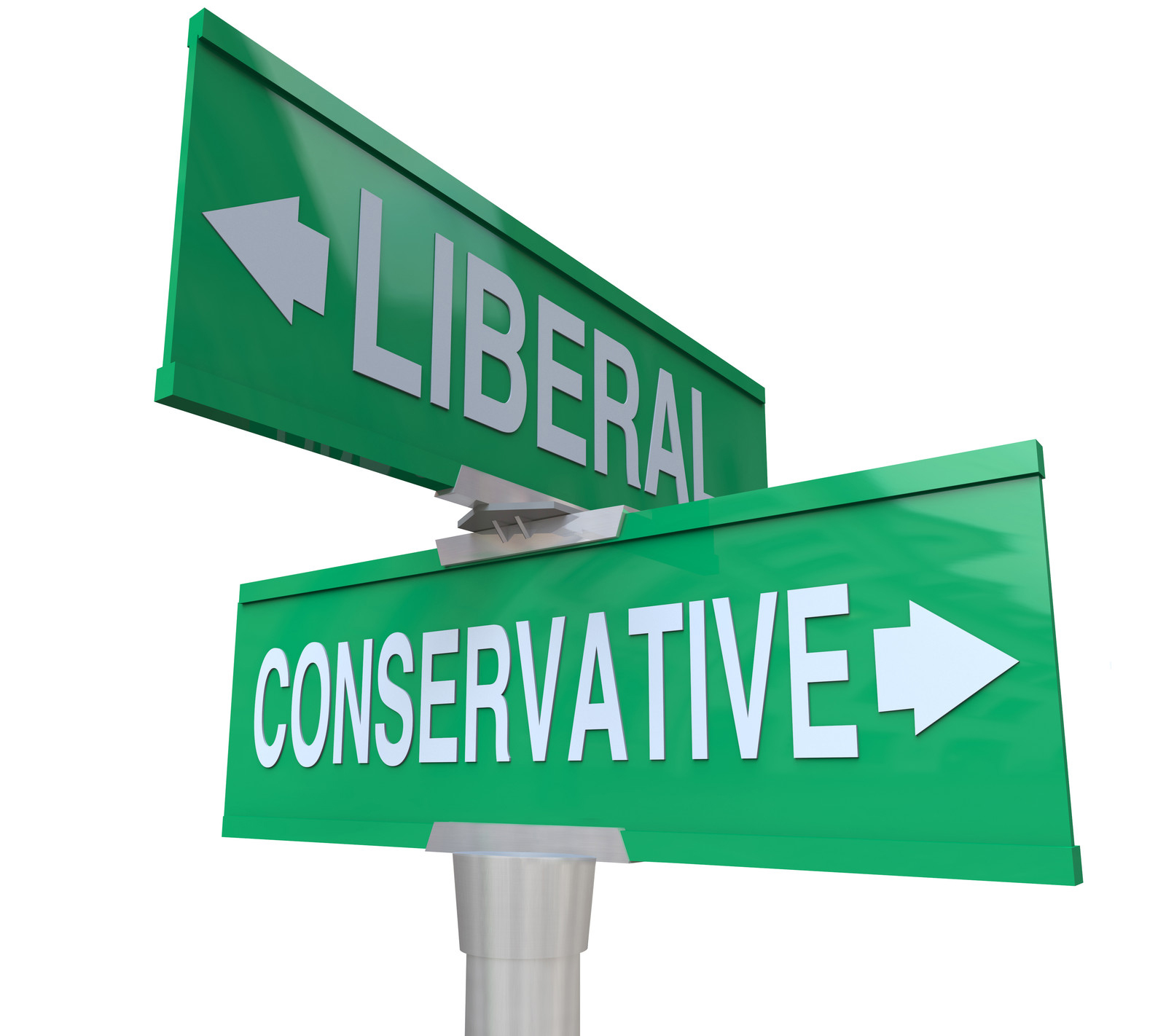

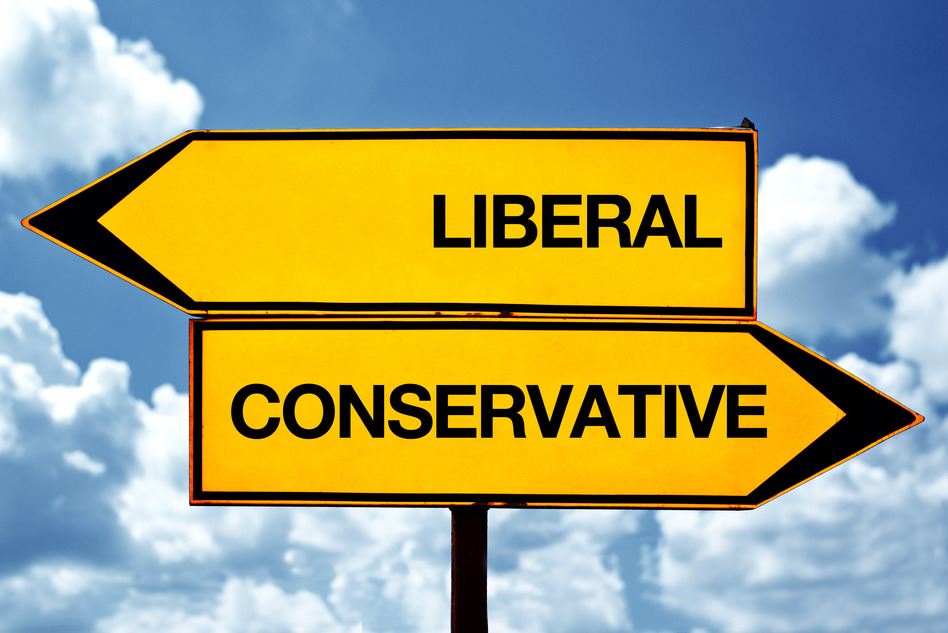

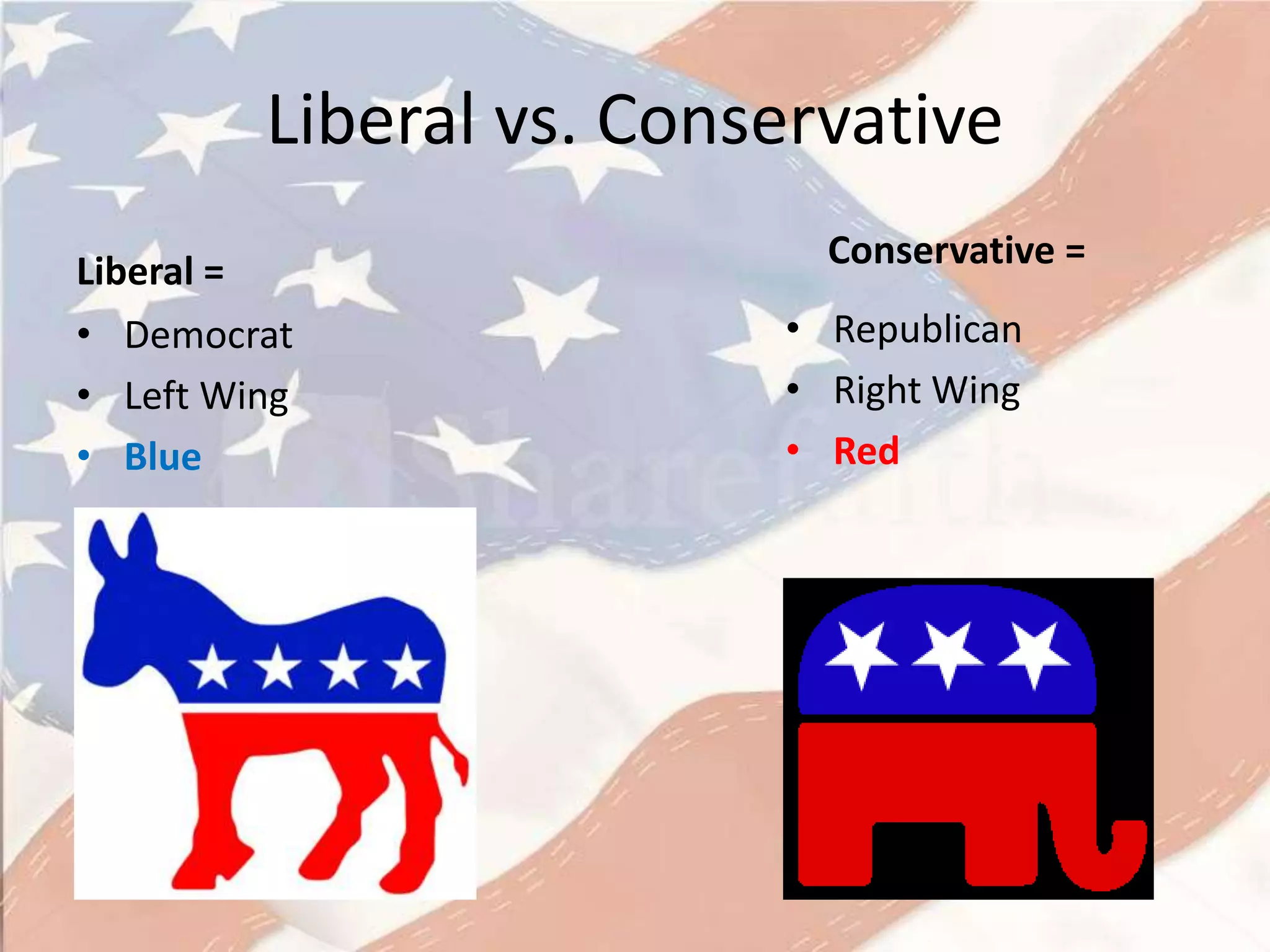
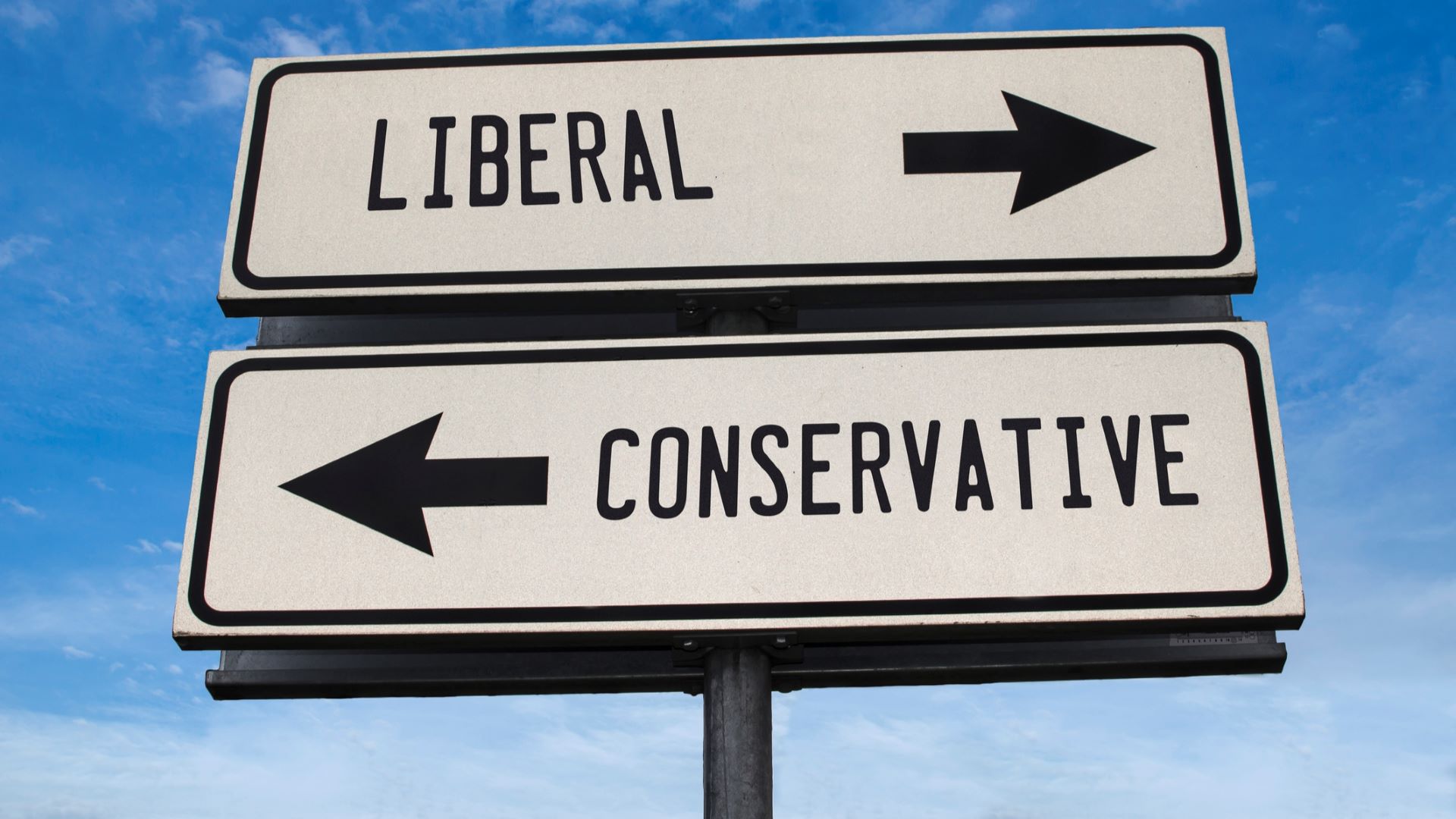
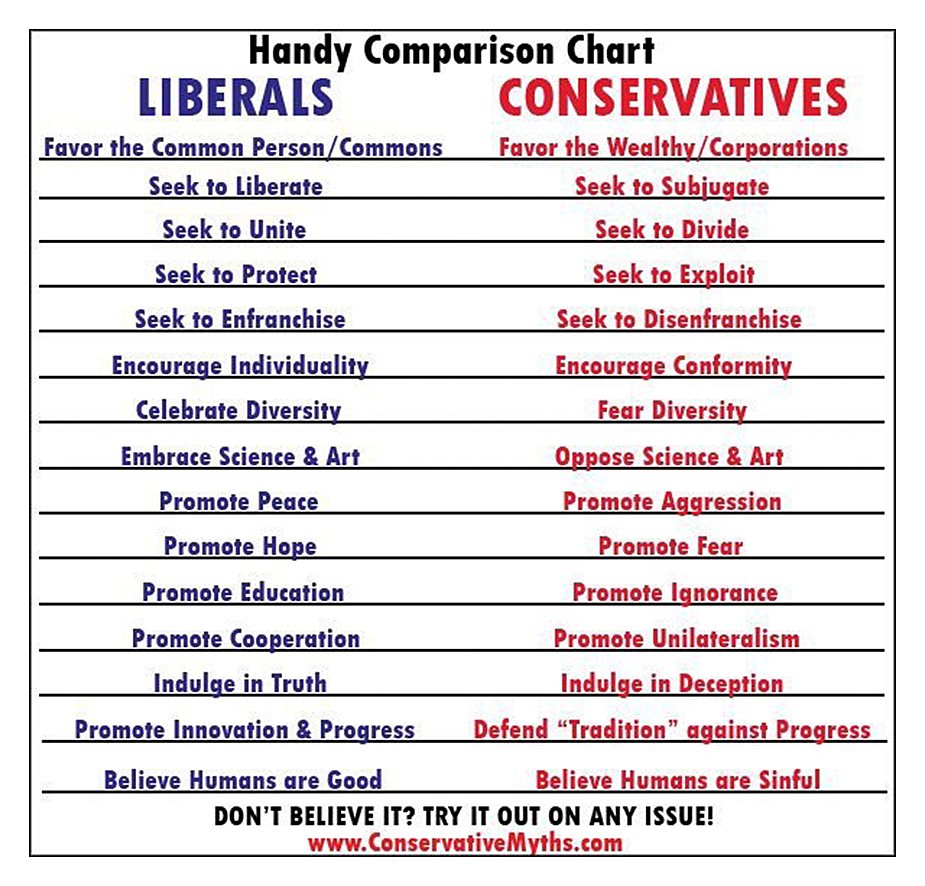

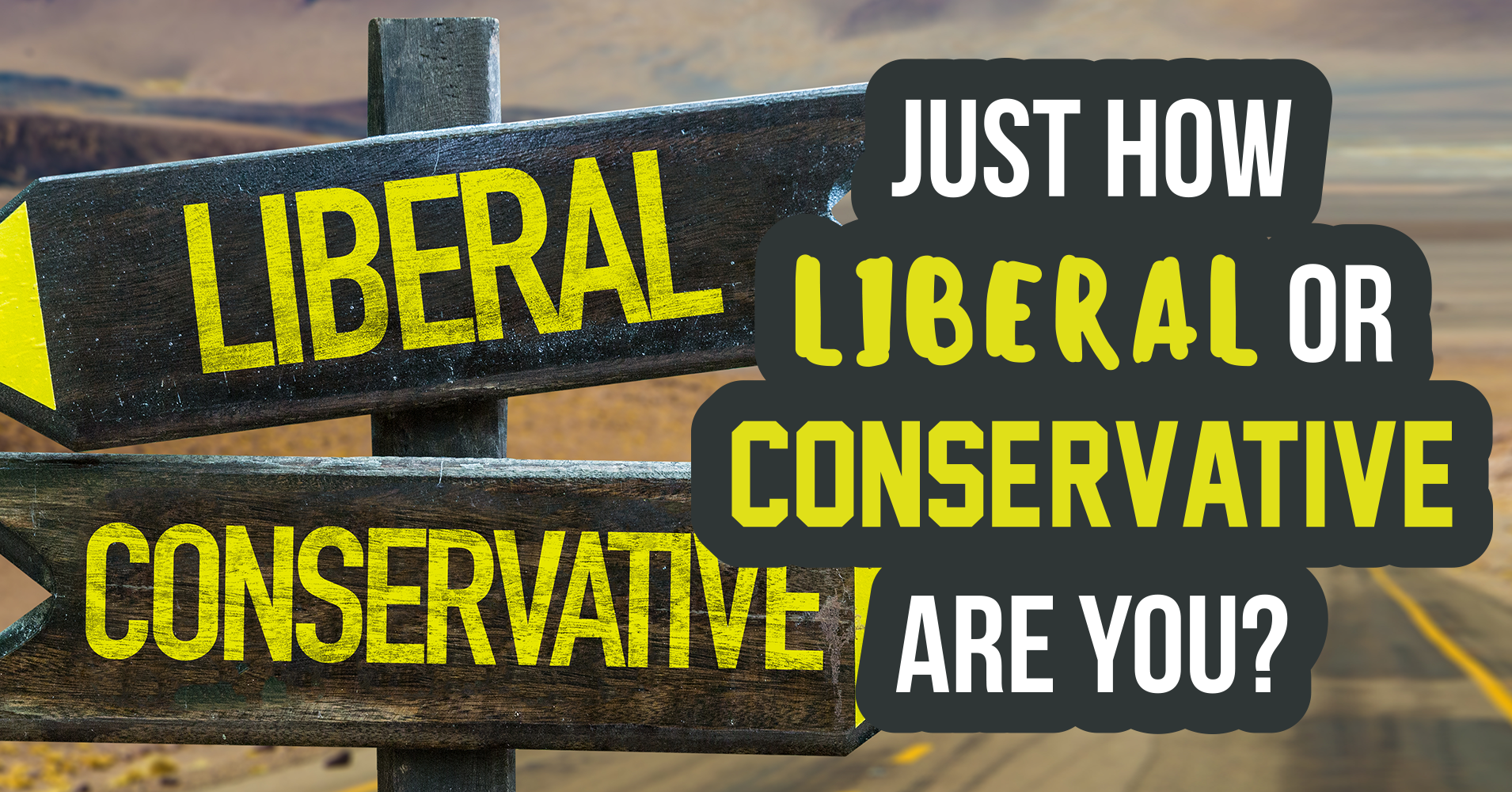
+vs.+(conservative).jpg)
